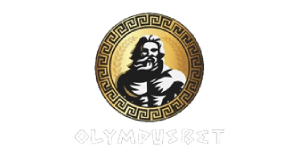Tennis is a sport that has been practiced for many centuries. It was born in the Middle Ages and although it was practiced in several European countries, it was especially popular in France, where it was known as “jeu de paume” , which means “clapping game”.
At first it was practiced indoors and with very simple rules. All he had to do was pass the ball over a net that was hooked to two adjoining walls on the field of play. At that time, the racket was not yet used, the players had to hit the ball directly with the palm of the hand.
When they hit him, they say “you have!”, which comes directly from the French verb “to have”. With the passage of time, from this cry derives the name by which “tennis” is known throughout the world.
We owe the introduction of the first tennis rackets to the famous Henry VIII. Centuries later, the English king, so aware of the success of this practice among the nobles of high society, ordered the construction of a tennis court near his palace with the aim of practicing this sport regularly.
Tennis as we know it today was not until the end of the 19th century. We owe a lot to a certain Walter Clopton Wingfield, a colonel in the English army, who devised the first rules of the course, thus an area delimited with two sticks, a net, four rackets and rubber balls.
This colonel gave it the right importance in the history of tennis, and also introduced the main rules that govern it today; he divided the games into sets and numbered the points as we know them today.
The first lawn tennis prototype was born, which has many similarities with today’s tennis. In retrospect, Wingfield’s invention helped tennis reach its final breakthrough.
Shortly after, the All-England Lawn Tennis and Croquet Club held the first lawn tennis tournament in 1877. The venue was the capital of England, London. More precisely, the matches were played in the Wimbledon district. This traditional tournament is now considered one of the most important and well-known tennis tournaments in the world.






















